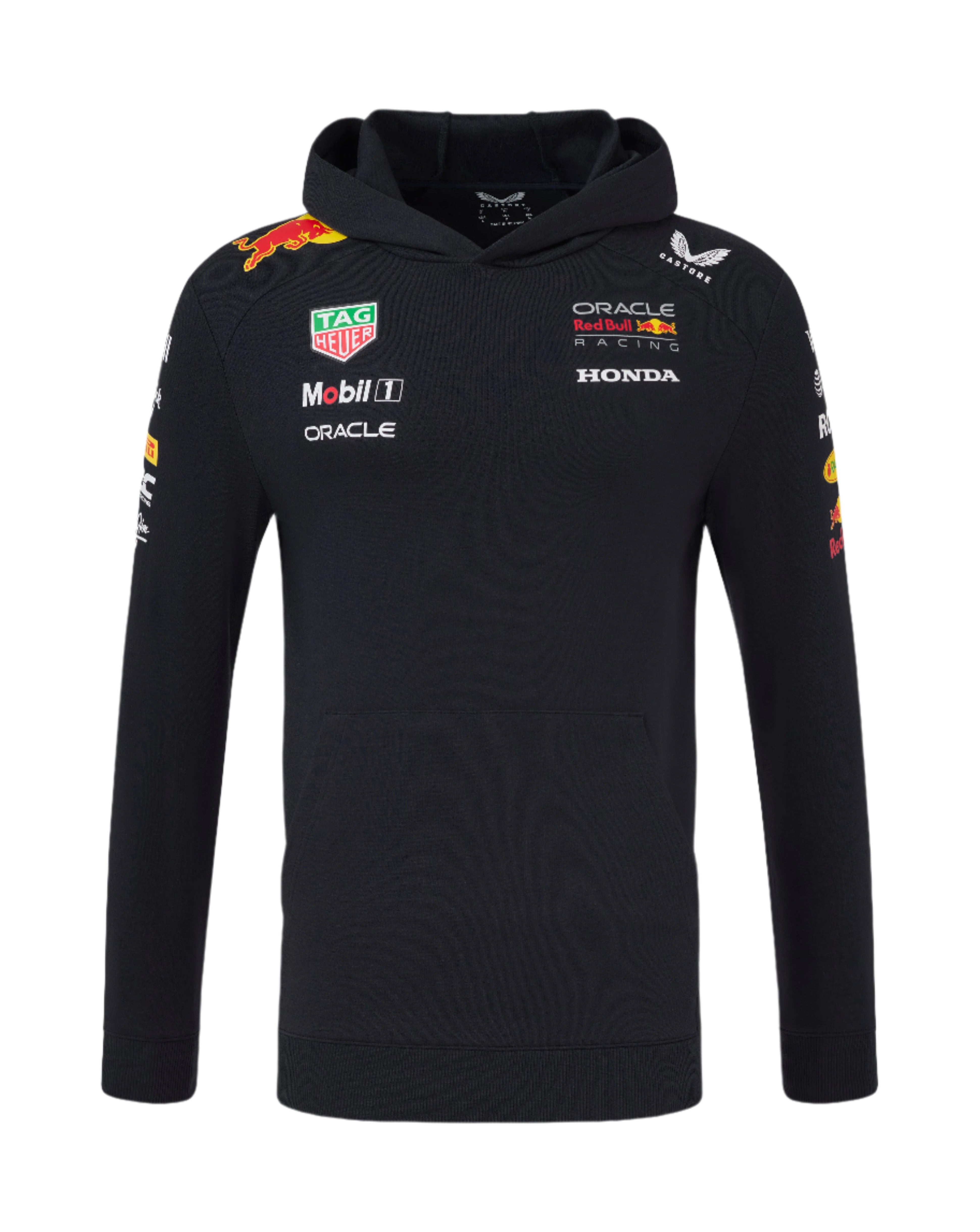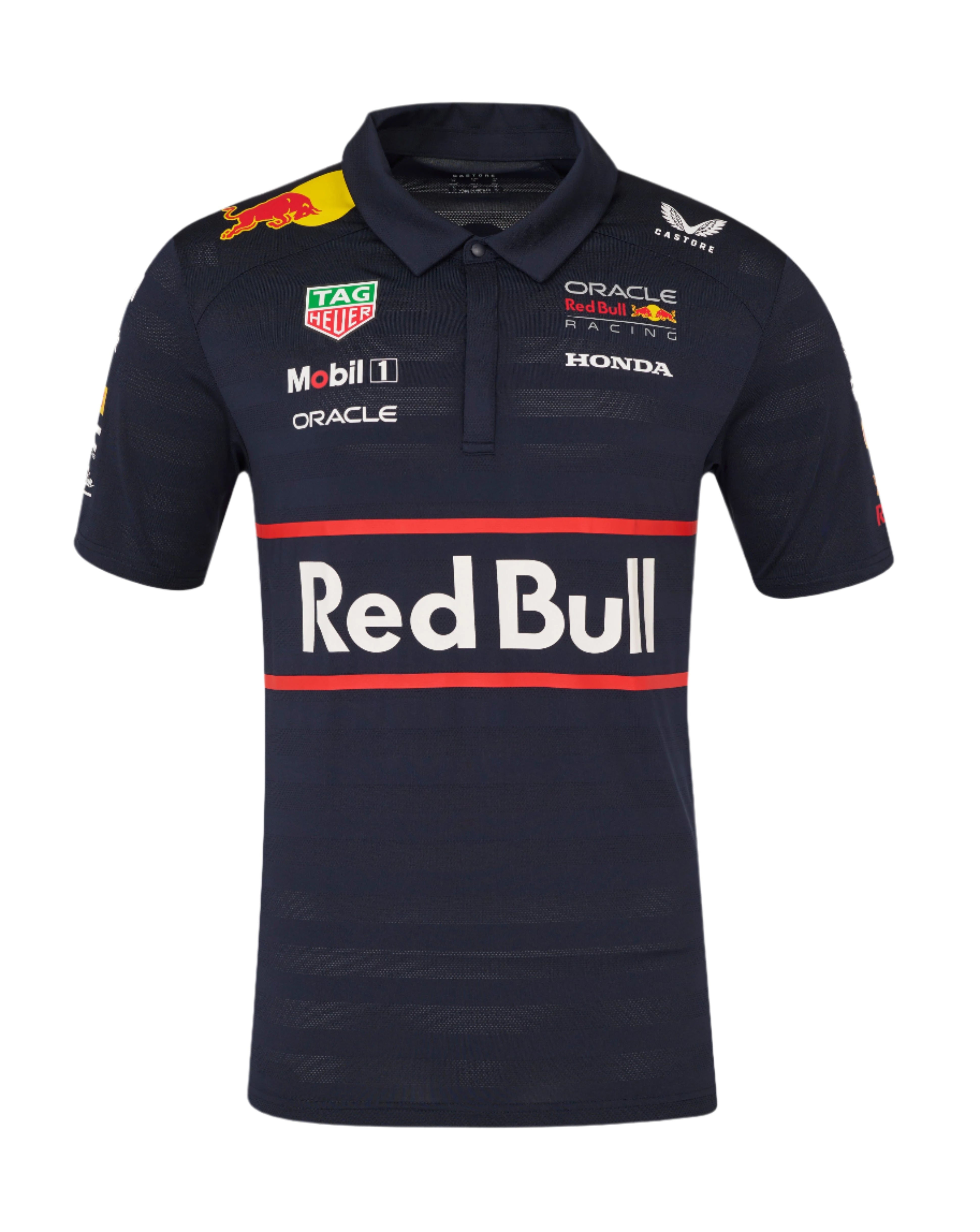F1 Cheats

NASCAR legend Richard Petty once stated, “If you ain’t trying to cheat a little, you ain’t likely to win much.” While NASCAR is a completely different racing discipline from Formula 1, the statement still holds. Teams are always looking for an edge over their rivals with creative interpretations of the rule book, but sometimes they go unabashedly over the line. Here are a few of my favorite F1 cheats.
BAR Honda’s Extra Fuel Tank
In 2005, BAR Honda — the same outfit that is now Mercedes — cleverly squirreled a second fuel tank away in their car that held about ten liters of extra fuel. Normally you’d think this would make the car heavier, so how could this be an F1 cheat? However, this extra hidden fuel would ensure the car met minimum weight limits. The normal tank would be empty when the car was weighed. During the race, the team would use this hidden fuel, effectively meaning they ran underweight and could go faster.
It was after the San Marino Grand Prix when this extra tank was discovered. When it was finally emptied and the car weighed, the car did not meet the minimum 600kg. Rumor has it the FIA were looking to ban Honda for the entire 2005 season but they could not prove the tank had been used and the car ran underweight. Therefore, these F1 cheats were banned for two races. The tank was removed and ballast was added to the car.
Williams’ Water Cooled Brakes
In 1982, teams could choose to run turbocharged engines or naturally aspirated engines. For power, turbocharged is where you wanted to be, however they were expensive. Teams lower down the field opted to rely on their trusty naturally aspirated Cosworth DFV engine. Down on power to the competition teams opted to lighten their cars as much as possible. Williams took it a step farther with water cooled brakes.
“Is that an F1 cheat? How would that make a car go faster? Brakes slow the car,” I can hear you say. They measured car weights before the race to make sure they made the minimum weight requirement, and this was when those water tanks were full. The race would start and of course brakes needed cooling so Williams would dump the water on the brakes — certainly cooling them — but suddenly making the car considerably lighter. Of course, the brakes would be fine and “uncooled” the rest of the race. This allowed Williams to effectively race a car under the minimum weight.
At the conclusion of the race, the rules allowed the teams to refill any cooling liquids lost during the race before being re-weighed. Other teams called foul on this practice that while it may not have technically broken the letter of the rules, it certainly violated the spirit of the rules. Officials banned Williams from using the system.
Crashgate
This is the granddaddy F1 cheat of all. It involved Renault and their two drivers Nelson Piquet Jr. and Fernando Alonso - set to return to Renault (now “Alpine”) for 2021.

So, what was “crashgate”? In 2008 at the Singapore Grand Prix Alonso pitted for fuel and tires on lap 12 having started in an awful 15th place. A few laps later his teammate Piquet Jr. crashed causing a Safety Car. When the pit lane opened cars dove into the pits to change tires and add fuel while Alonso stayed out. This allowed Alonso to take over the lead and win the race. Felipe Massa had been leading when the Safety Car incident occurred.
A year later after being dropped by Renault, Piquet Jr. shed some light on the F1 cheat — he crashed on purpose in order to advantage Alonso. After an extensive investigation that included the FIA and the World Motorsports Council it was determined that the crash was deliberate in order to fix the result of the race in Renault’s favor. In exchange for his testimony and information Piquet Jr. was never charged with wrongdoing in crashgate. It was also unclear that Alonso was in on the plan. Renault, as a team, was handed a two year suspended F1 ban. Should similar behavior be found within two years Renault would be banned from the sport entirely. Team boss Flavio Briatore was handed a lifetime ban from FIA-sanctioned motorsports and was banned from managing drivers as well. It’s engineering director Pat Symonds received a five year ban.
Both men appealed their ban and a settlement was reached that neither would work in Formula 1 until at least 2013. Briatore manages Fernando Alonso to this day.
About the Author:
Jared Nichols has been a Formula 1 fan for a decade and a car nut his entire life. He is the host of the F1 Explained podcast where he and special guests make Formula 1 accessible to all. Subscribe wherever you listen to podcasts.











